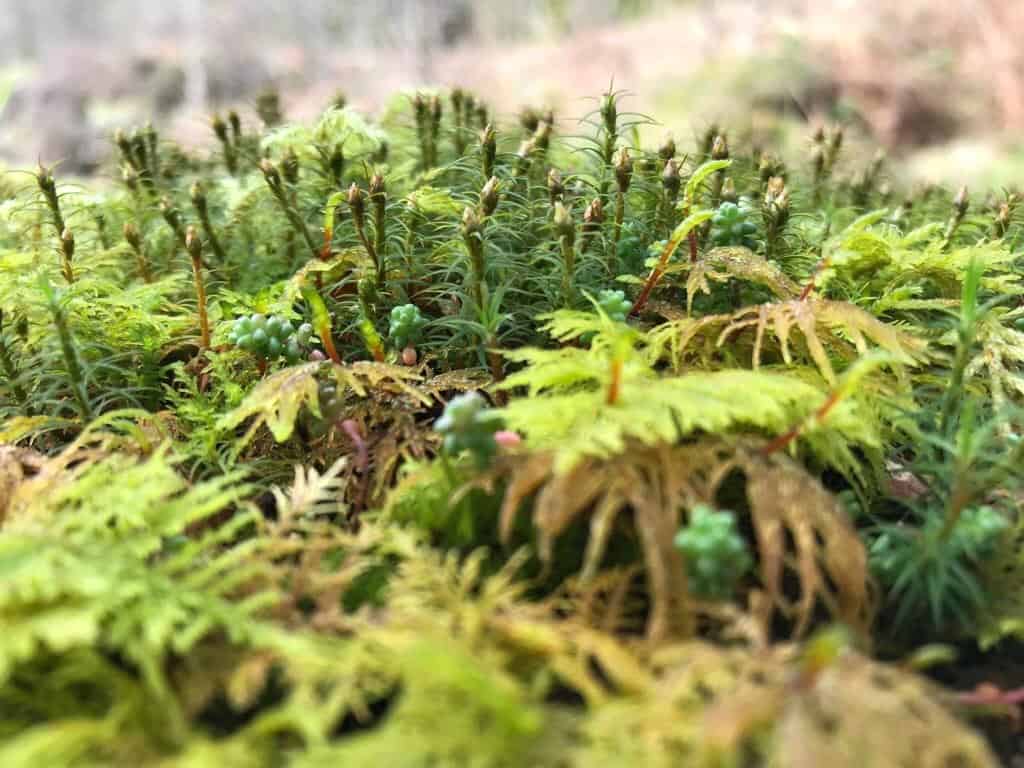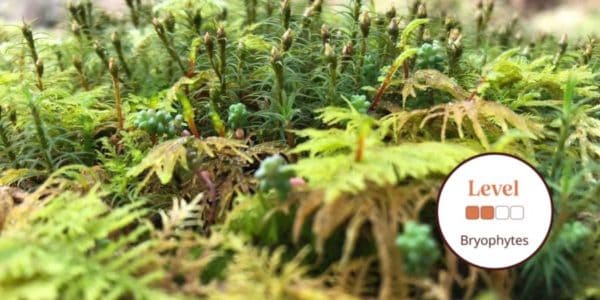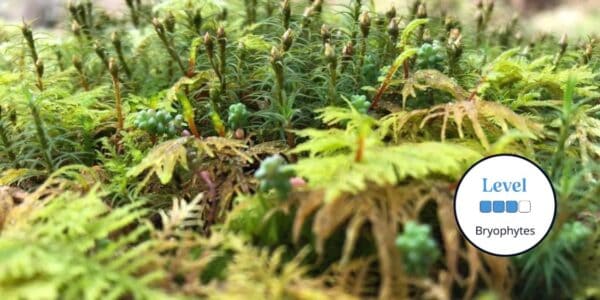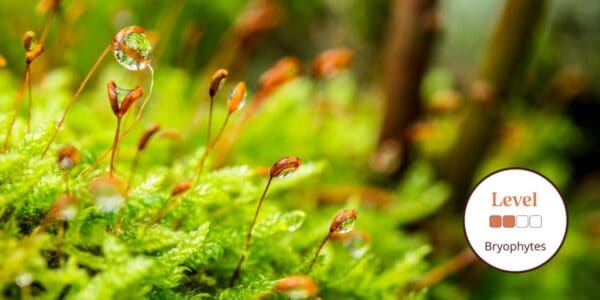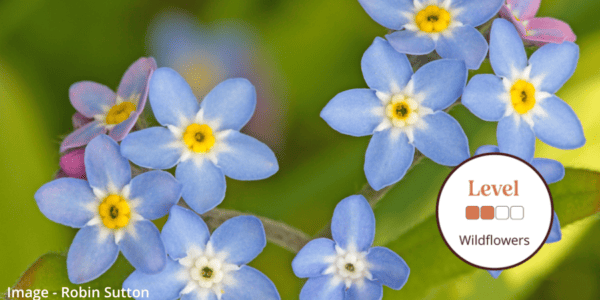This course on identifying mosses and liverworts will provide you with an introduction to the skills that are needed to collect and identify bryophytes.
Bryophytes (Mosses, Liverworts and Hornworts) are present in every UK habitat, often forming a dominant and important element of these habitats. They can be useful indicators of pollution and other environmental changes.
You will learn through a combination of field and laboratory sessions, using field keys and keys using microscopic characters to identify common species from a variety of habitats. The ability to accurately identify to species level is essential for the field surveyor to be able to discriminate between similar vegetation communities for National Vegetation Surveys (and other phytosociological surveys). The huge range of species and diversity of forms make them an initially challenging group, but through this course their life cycles, structures and identification are demonstrated. You will also learn how to use a hand lens to look for characteristic structures and collect specimens in the field for your own reference collection.
Your course will take place on the 12-hectare estate of the Preston Montford Centre in the heart of Shropshire, surrounded by a rich range of habitats, including the River Severn and semi-ancient woodland.
Tutor: Nick Law
Nick Law is an experienced field botanist currently employed as a Principal Ecologist with FPCR Environment and Design Ltd. Nick’s interests include vascular plants and bryophytes. He holds a Botanical Society of Britain and Ireland (BSBI) Level 6 Field Identification Skills Certificate (FISC) and is the British Bryological Society Regional Recorder for Warwickshire.
Example Timetable
Example Timetable
This timetable is subject to change but should give an outline of what to expect.
If you have booked accommodation with the centre your bedroom will be ready from 3.00 pm onwards on the day of arrival and we ask that you vacate by 9.30 am on the morning of departure.
If numbers are sufficient a station pick up will be arranged at 5.30 pm from Shrewsbury Station.
Please arrive in time for the evening meal at 6.30 pm on Friday
The course starts after dinner with a classroom session 7.30 pm - 9.00 pm
The course ends at 4.00 pm on the final day.
Time will be made available for eating packed lunches during the day.
On Friday evening there will be an initial introductory talk and short practical session.
The rest of the weekend will be a mixture of fieldwork (with guidance on how to collect, observe and record in the field) and laboratory sessions and short talks.
On Monday afternoon there will be a classroom-based test (optional for those not studying for university credits).
What's Included
What’s included?
- Classroom learning covering the theory of the subject
- Field excursions to apply new knowledge
- Expert tuition for which we are renowned
- Clear objectives and progression
- All meals provided
You can rest assured that the absolute best content from an expert in environmental education will be provided. In choosing this course, you will be joining thousands of people who learn with us each year.
For course bookings including full board accommodation, please note bathroom facilities maybe be shared
Before You Attend
There will be a member of staff with first aid training and access to a first aid kit on site. If you have special medical or access requirements, please let us know as soon as possible so we can make any necessary adjustments.
What to bring
- Warm clothing, waterproofs and stout footwear for fieldwork.
- Simple collecting equipment such as a field bag and a penknife.
- A x20 hand lens.
- A4 scrap paper to fold into packets.
- A vacuum flask / drink bottle and a bag or a box for carrying a packed lunch.
- A microscope if you have one and would prefer to use your own during the weekend.
Recommended reading
- Atherton, I., Bosanquet, S. and Lawley, M. (eds.). (2010). Mosses and Liverworts of Britain and Ireland – a field guide. British Bryological Society.
- Frey. W., Frahm. J. – P., Fischer, E. and Lobin. W. (2006). The Liverworts, Mosses and Ferns of Europe – English edition revised and edited by T.L. Blockeel. Harley Books: Colchester.
- Paton. J.A. (1999). The Liverwort Flora of the British Isles. Harley Books: Colchester.
- Smith. A.J.E. (1991). The Liverworts of Britain and Ireland. Cambridge University Press: Cambridge.
- Smith. A.J.E. (2004). The Moss Flora of Britain and Ireland – Second Edition. Cambridge University Press: Cambridge. (Note. Original printing of this second edition has many typographical errors so would recommend second printing of the second edition).
- Watson. E.V. (1981). British Mosses and Liverworts – 3rd Edition. Cambridge University Press: Cambridge.
Sorry this course booking is closed

